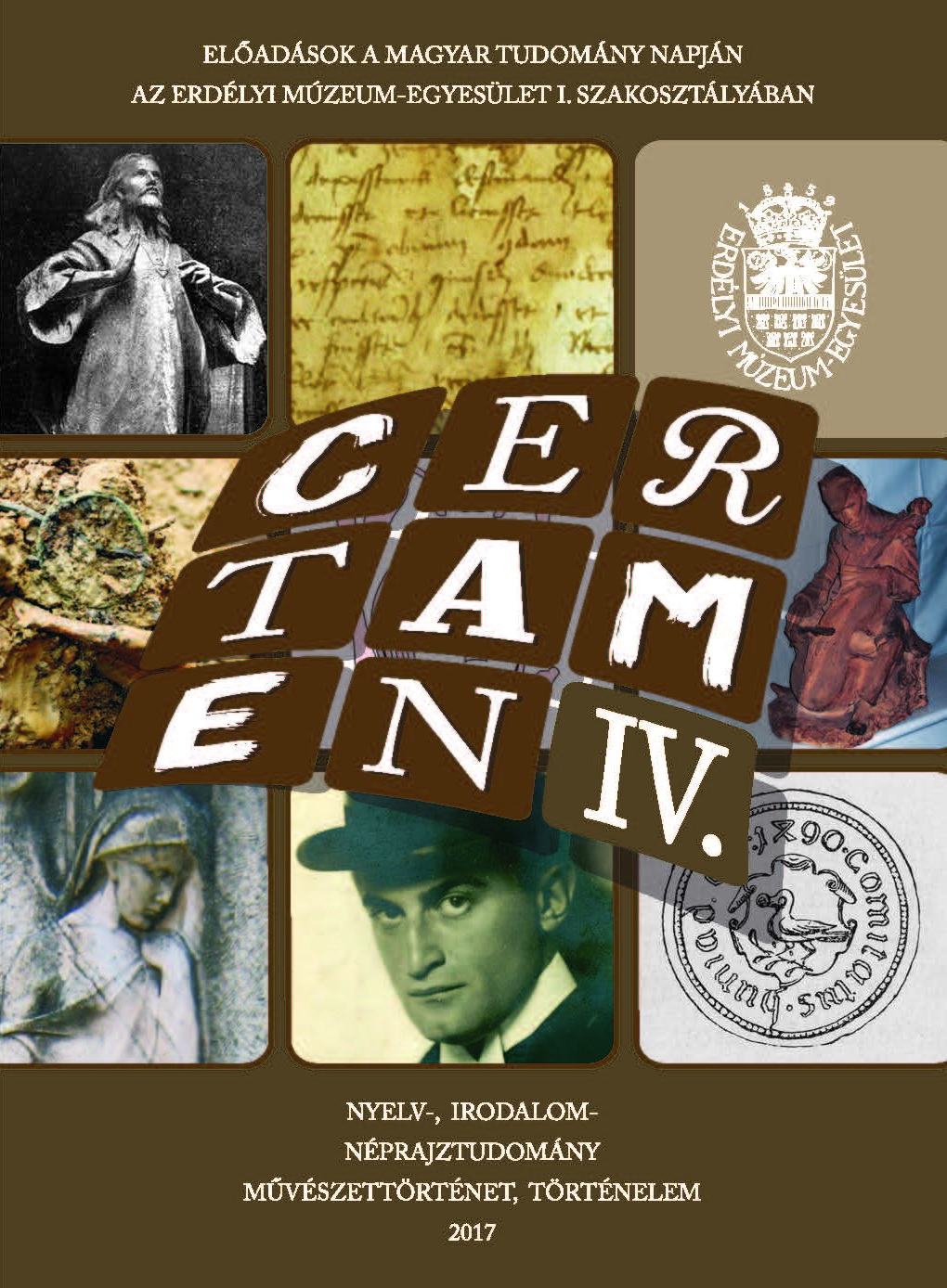Decima Volahorum. Az egyházi birtokokon lakó románok tizedfizetésének kérdése
Decima Volahorum. The Question of Tithing of Romanians Living on Church Properties
Author(s): Géza HegyiSubject(s): 13th to 14th Centuries, 15th Century
Published by: Erdélyi Múzeum-Egyesület
Keywords: Transylvania; tithe; Romanians; church property; source criticism
Summary/Abstract: According to the scholarly literature, the Romanians from Transylvania, followers predominantly of the Orthodox rite, did not pay tithe to the Western Church in the 13th–14th centuries. However, it is considered that two groups of them – those living on church properties and those who had moved on settlements formerly inhabited by Catholics (terrae Christianorum) – were obliged to pay this tax starting from the 1400s. This study deals with the issue of the first group, analyzing the only source that would support the thesis in question, namely a partially dated letter of King Sigismund of Luxembourg (which in some editions was dated to 1398, in others to 1425 or 1426). Although the facts described in the document would correspond to realities from 1426, the contradictory date-formula, the confusing language, and the absence of the original (the earliest manuscripts of the text are from the 18th century) arouse suspicions. Even if we accept it as authentic, the phrase decima Volahorum cannot be interpreted as ordinary tithe, but only as a royal tax. Nor the late medieval registers of revenues of the Alba Iulia chapter, neither the urbaria of the estates of the Transylvanian bishopric support the thesis of the tithes paid by Romanians living on church properties.
Journal: Certamen
- Issue Year: 2017
- Issue No: IV
- Page Range: 257-270
- Page Count: 14
- Language: Hungarian

